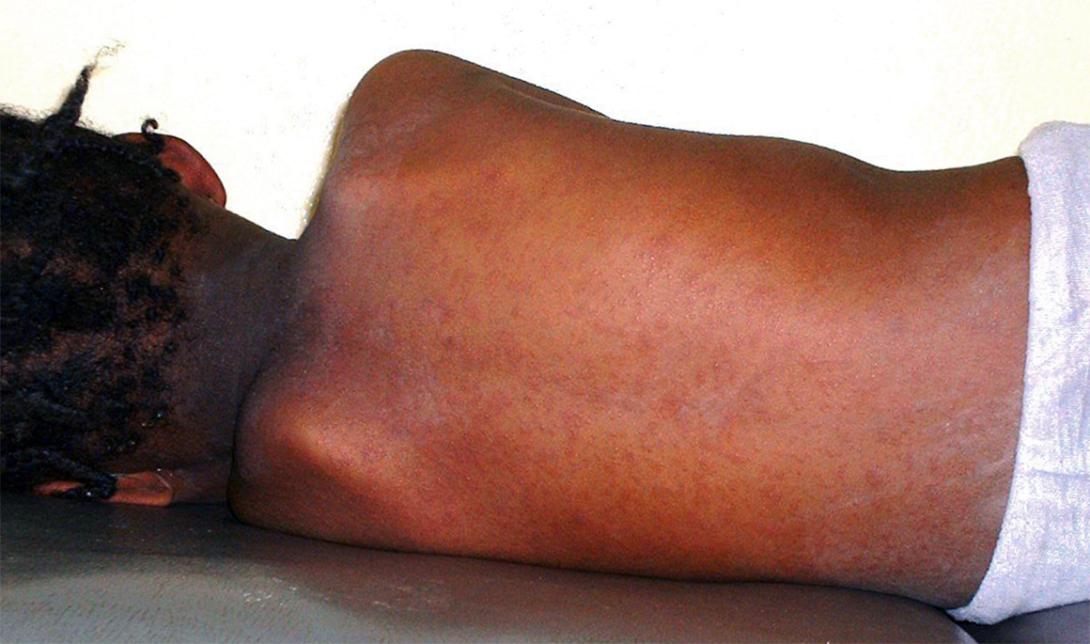
Measles is a highly contagious virus that left unchecked can spread quickly through the population, gravely sickening many while posing a mortal danger for some.
The MMR (measles, mumps, rubella) vaccine, developed more than a half-century ago, has been proven throughout the world as the most effective preventative tool in thwarting the virus.
Nearly eradicated from the United States for decades, the virus has seen a resurgence of late in 12 states, including in Texas and Oregon’s immediate neighbor to the south, California. That has officials at the Oregon Health Authority worried, prompting the state agency to recommend measures to ensure the population’s health remains sound.
First, the agency is urging those who have not received an MMR vaccination in the past to do so, especially as schools will soon curtail classes for spring break as well as the summer break beginning in June.
Getting the MMR vaccine is the most effective prevention tool against the highly contagious virus, a release from the agency said.
So far in 2025, Oregon has been spared any reported cases of measles. However, in 2024 the state experienced 31 confirmed cases — the highest measles count in more than 30 years. The virus targeted unvaccinated individuals, including two children younger than 5 years old.
“Measles is an amazingly contagious virus that unfortunately in recent years has re-emerged in our communities, primarily due to a declining percentage of people who are getting vaccinated,” Dr. Paul Cieslak, OHA’s medical director for communicable diseases and immunizations, said in a release.
A cohort of Cieslak concurred.
“Measles is a serious and potentially life-threatening infection for individuals who haven’t received immunity through the MMR vaccine,” Dr. Dawn Nolt, a professor of infectious diseases in pediatrics at Oregon Health and Sciences’ School of Medicine, said. “The good news is that we have a highly safe and effective vaccine — it is our strongest line of defense and the best way to keep yourself, your children and your community safe.”
Virus often spread by travelers
Cieslak advised anyone planning on traveling to states or countries where a measles outbreak has appeared to get the vaccine before leaving as it will allow them to begin building immunity prior to their trip.
During the 2024 outbreak in Oregon, OHA worked with local public health officials to share information about specific locations where known measles sufferers “had spent time so that members of the public were aware they may have been exposed to the highly contagious virus.”
Recognizing the symptoms
Measles typically start with a fever, cough, runny nose and red eyes, followed by a rash that begins on the face and spreads to the rest of the body. The symptoms will usually appear within seven to 10 days after someone is exposed to a person carrying the virus.
The most common complications of measles include ear and lung infections and diarrhea. Swelling of the brain is a rare but much more serious complication.
About 20% of people who contract measles are hospitalized. In developed countries in recent years, one or two of every 1,000 measles cases have been fatal, OHA reported.
Measles spreads through the air after an afflicted person coughs, sneezes or exhales. People who are infected can be unknowingly contagious for four days before a rash appears and up to four days afterward. That means someone with measles can be unaware they are infected and can easily spread the virus before noticing any symptoms.
Risk of transmission requires action by the individuals, state
Families that have a loved one stricken by the virus may have to isolate at home for several weeks to avoid infecting the general population.
In addition, state law requires that an unvaccinated child who has been exposed to the virus be excluded from school or child care for up to 21 days after they have come into contact with a carrier. If more measles cases arise, the exclusion period could be extended.
If you’re older, there is some good news
People born before 1957 are presumed to be immune and need not get vaccinated against measles, the OHA reported.
“That’s because, before the measles vaccine was first available to the public in 1963, virtually all children would contract measles by their teenage years, making them immune for life,” the release continued.
However, those folks born after 1957 may have not been exposed to the measles and could benefit from a vaccination, OHA officials said.
An individual who has received the MMR vaccination at some point in their lives is considered to be immune from contracting the virus in the future.
To learn more about measles and to receive daily status updates of measles outbreak data, visit OHA’s Measles and Rubeola web page at tinyurl.com/4fpc7mav.
Gary Allen is an editor for Beaverton Valley Times. This article is used with permission. For more, go to www.beavertonvalleytimes.com.
